Saying things are bad right now would be an understatement, considering we are still under a huge locust attack and we have barely even gotten halfway through the year. But that is not what we will be discussing today.

Instead, we will be talking about the global pandemic and our response to it, and how we could have done better.
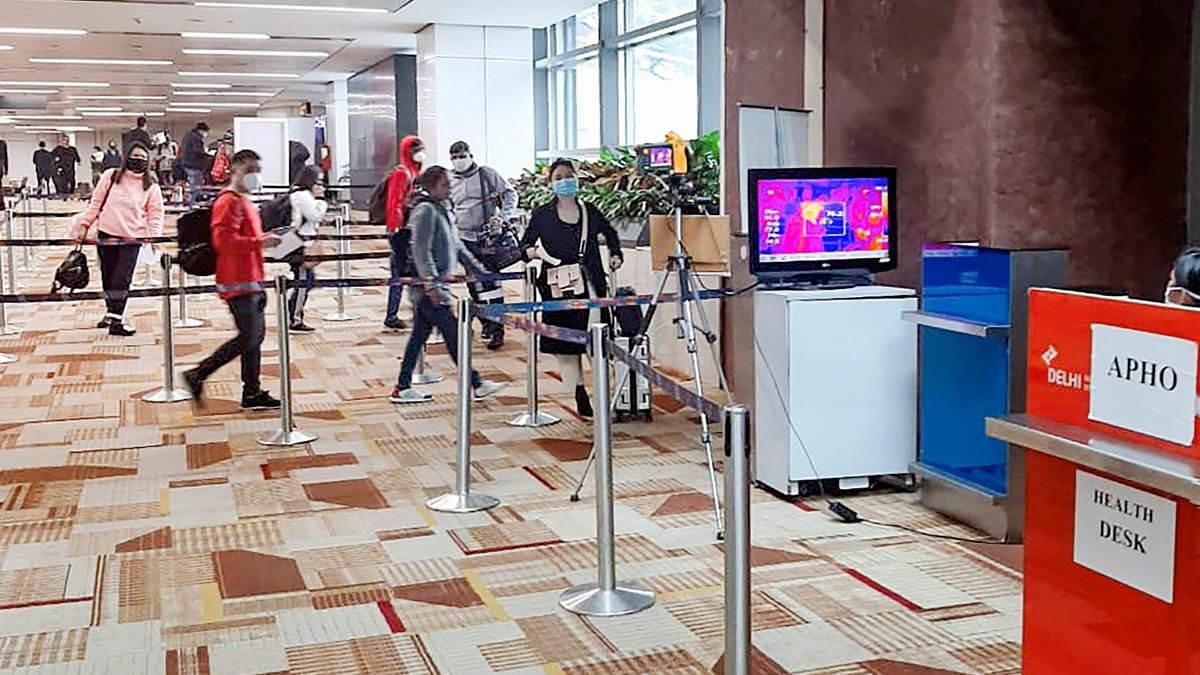
Now, while those were critical moves, we could have been hastier in declaring them. We should have also expanded thermal screening to all international airports and put travel restrictions from Europe and America since by then the virus had already begun to take hold in those continents.
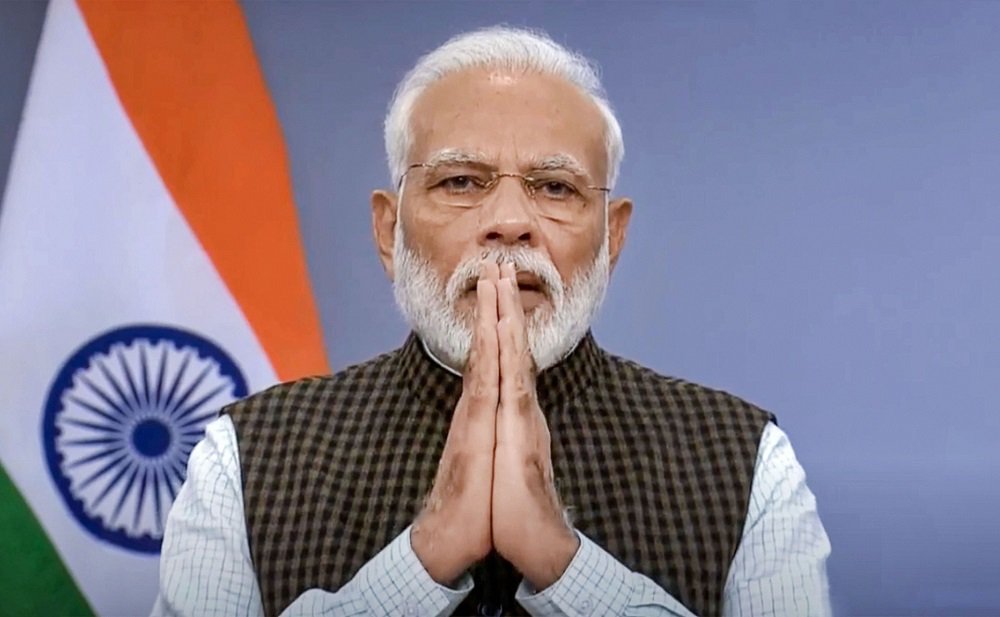
When PM Modi announced a 21-day lockdown on 25th March, it took a bit of time for the government to clarify what would be open and what won’t be.
Now while that was only about 30 minutes after the PM’s speech, panic had already set in and people were on the streets. What could have been done differently was the PM assuring the nation about the availability of essentials.
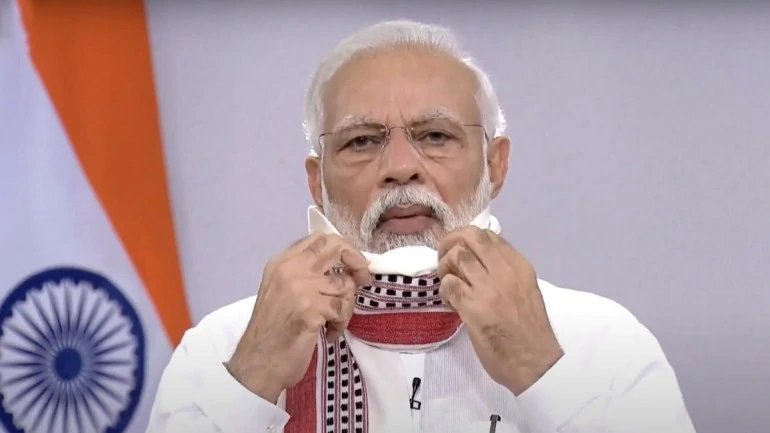
What should also have been done differently was give the country more than just 4 hours to get their things in order. We have a population of 130 crores, millions of whom are poor people, migrant workers barely making a living.
The centre should have discussed this at length with state governments and made sure that shelters were put into place with adequate and humane facilities that would have softened the blow and made sure that we didn’t have an exodus on our hands. We should have made arrangements and sooner.
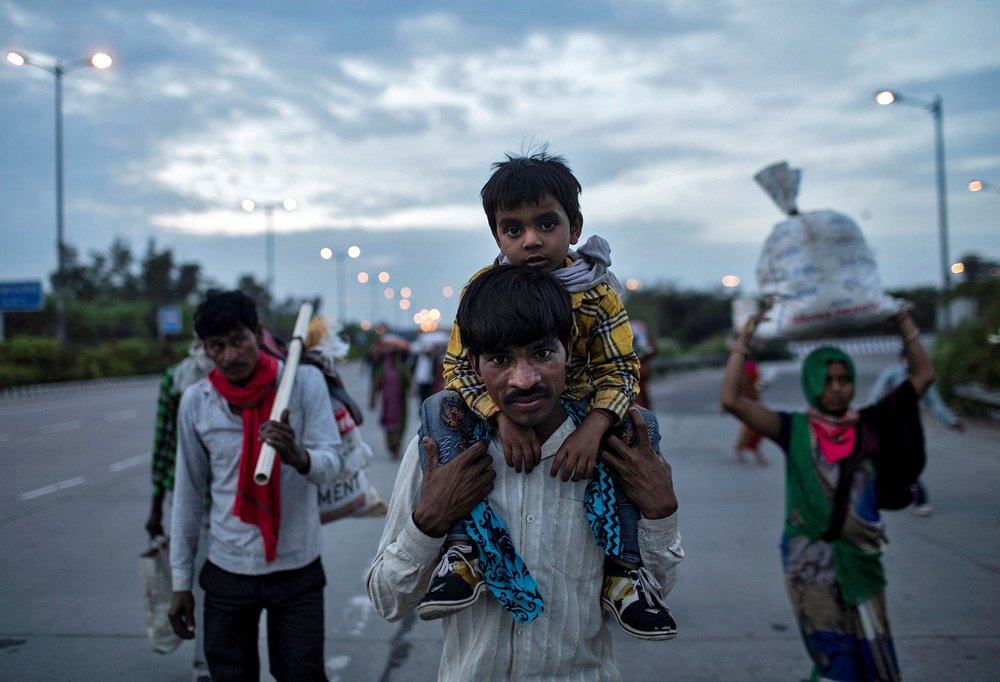
Anyhow, when India started the lockdown, we were conducting 539 tests per million and ranked 52nd among countries in terms of the testing rates.
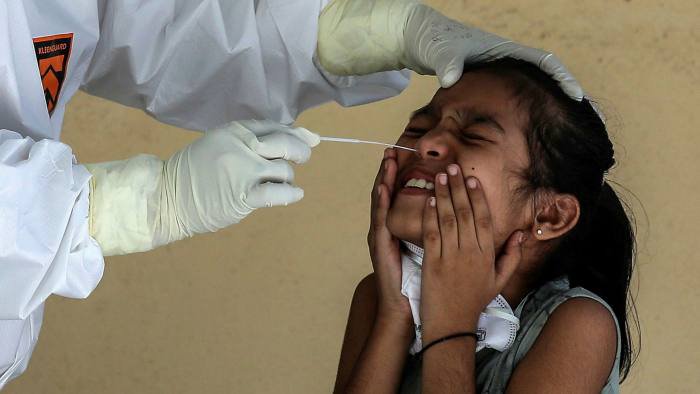
This is where we have improved significantly. India since ramped up that capacity 47-fold, and we’re not testing 1 lakh people per day.
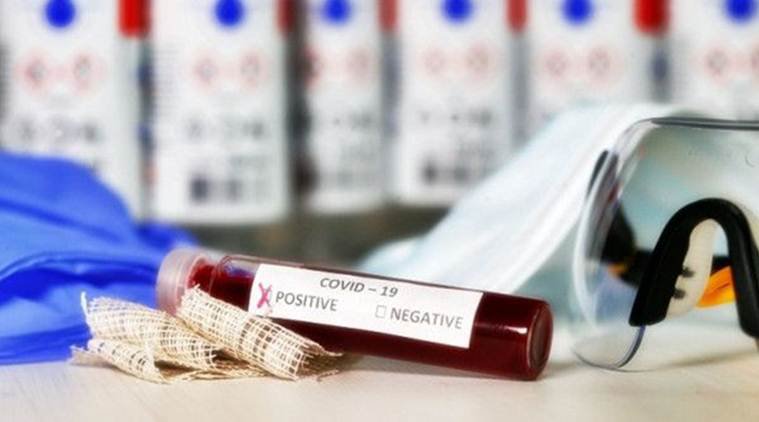
Coming back to migrant worker walking thousands of kilometres home, multitudes were beaten up and harassed by cops, while many others perished to hunger and exhaustion. Some fell victim to locomotive accidents.
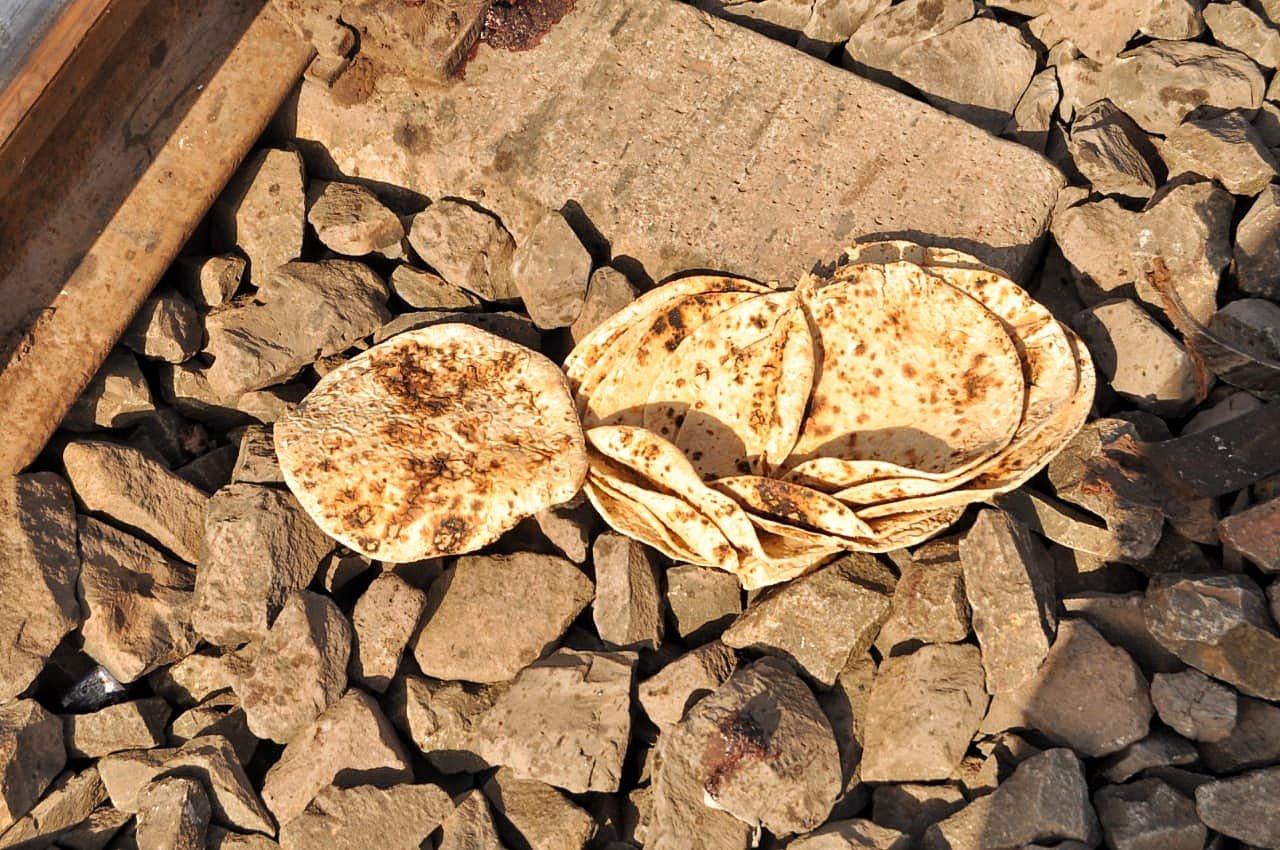
What could have been done, even after the first couple of weeks was the centre in liaison with state governments could have just arranged travel and food for India’s poorest. In fact, we still can!
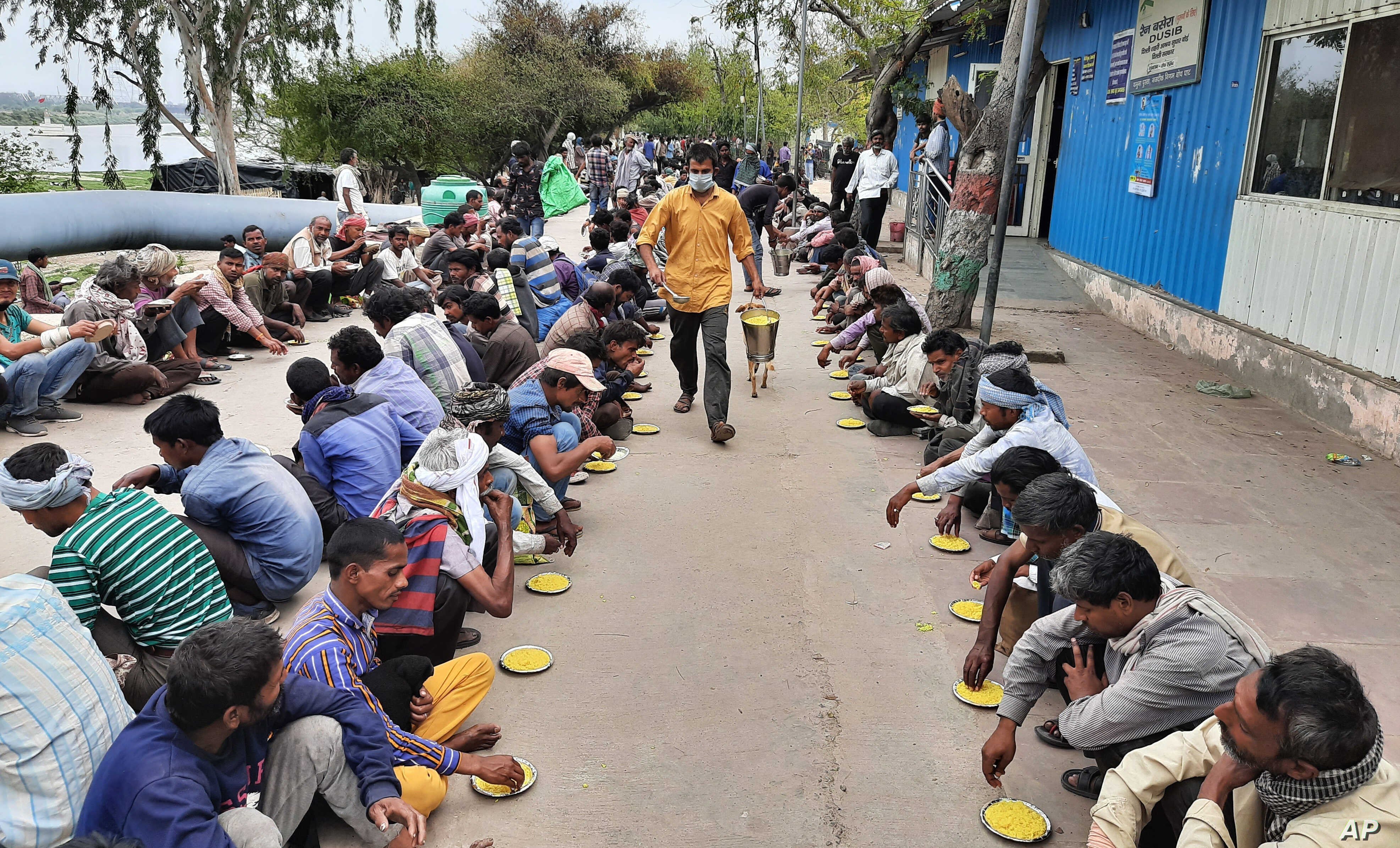
Now the lockdown was initially supposed to be only for 21 days. Modi, in his speech on the 25th of March had said that the battle of Mahabharat was won in 18 days and the COVID-19 battle would last 21 days.
We should have known that 21 days was never going to be enough since our testing rates weren’t up to the mark and even if they were, we still have a massive population So instead of announcing lockdown phases, the govt. should have given us more clarity about the simple fact that an extension was inevitable.
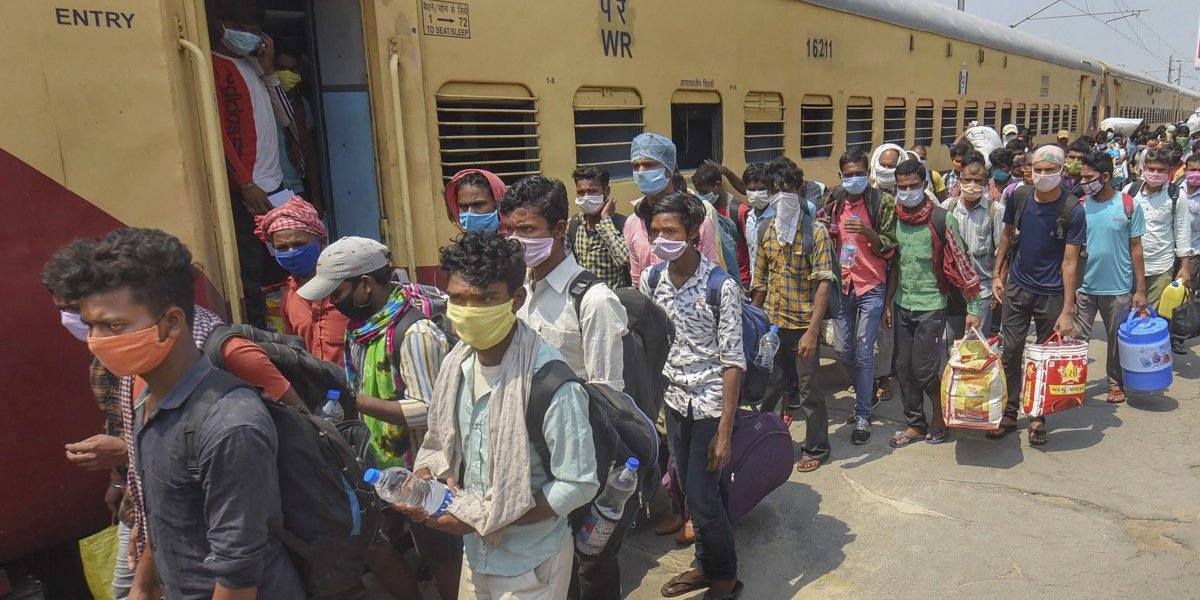
The states should have been given more autonomy on the subject. We have all seen Kerala rise as a beacon to the world on how to effectively deal with a crisis. India’s lockdown should have been decentralised and local authorities should have been given more power since they are the ones on the ground.
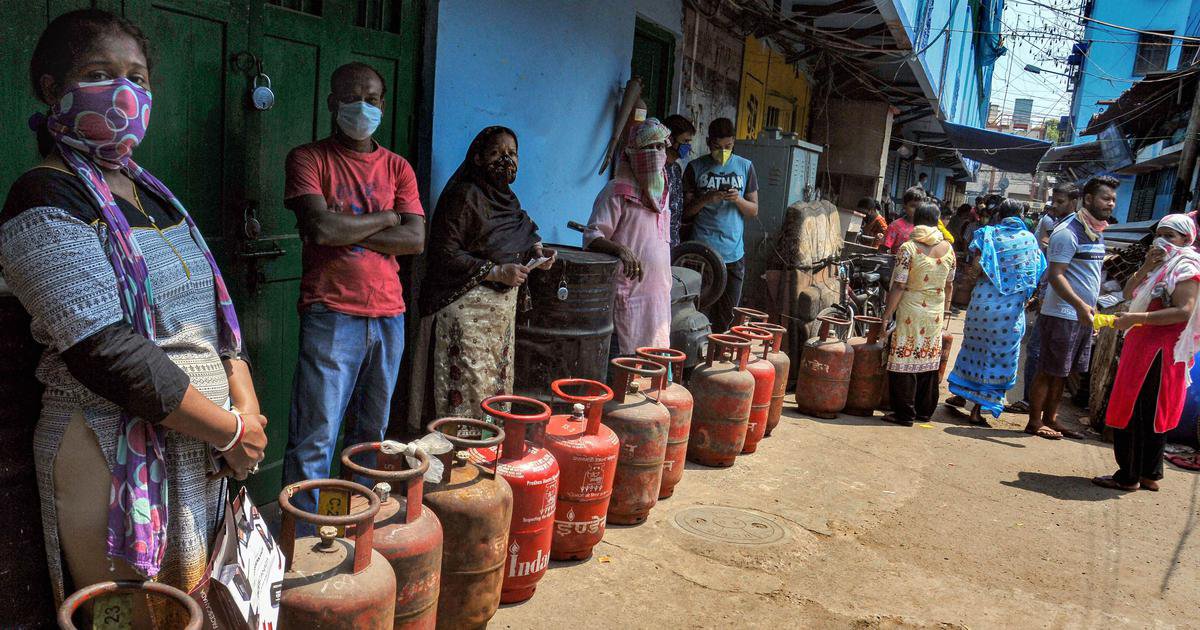
We have been lucky since the fatality rates in our country, (as per testing rates) have been relatively lower.
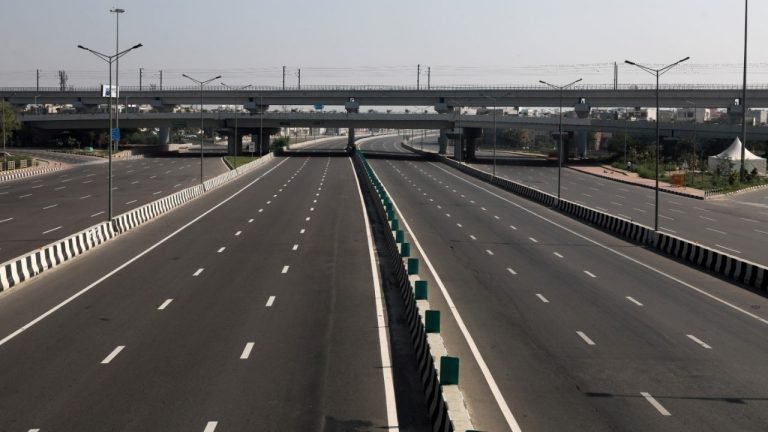
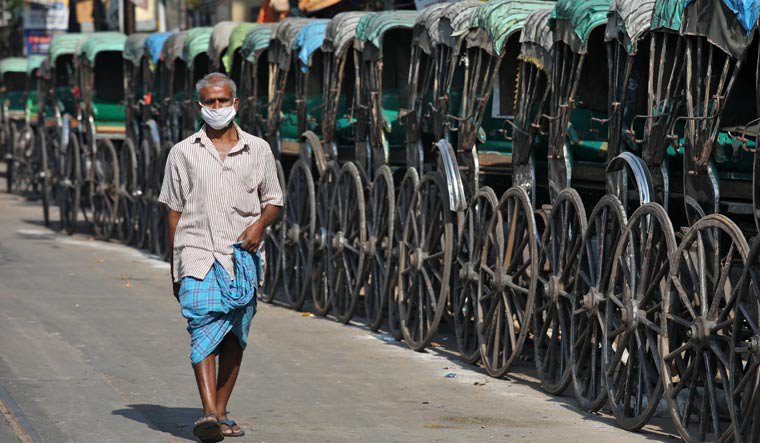
Opening up the country will only add to the troubles of India’s poorest, who are already suffering difficult and often fatal consequences. Simply speaking, we need a long term plan to not only help the poor and hopefully contain the migrant crisis but also flatten a curve that is rising quite rapidly.

















